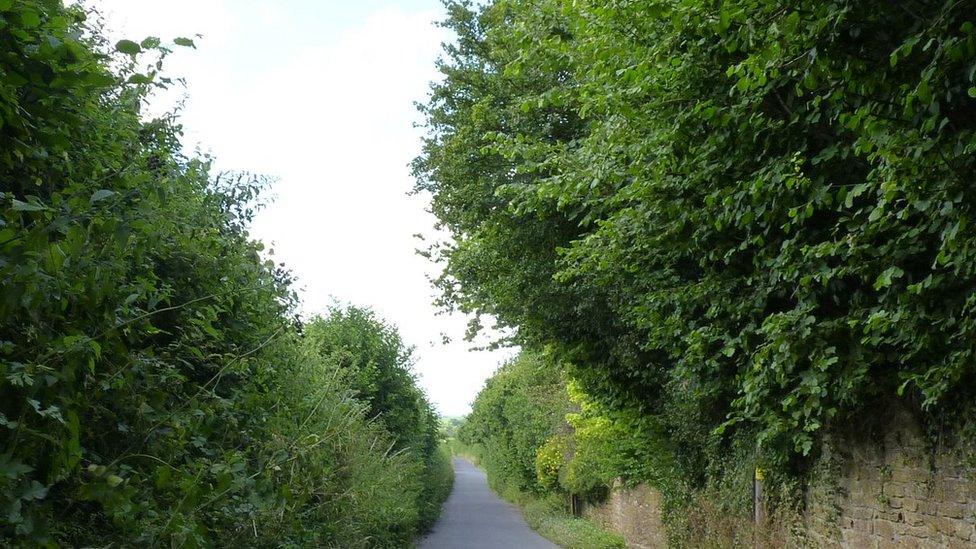Guernsey hedge cuts 'should be friendly to wildlife'
- Published

Conservation bosses said it was "critical" that hedge cutting was done sympathetically to wildlife
People legally obliged to cut roadside hedges in Guernsey are being reminded how to be as wildlife friendly as possible.
Agriculture, Countryside & Land Management Services (ACLMS) and local wildlife groups said they were offering advice for sustainable cutting.
Advice includes not cutting hedges back too far and checking for birds' nests.
Roadside hedges legally need to be cut between 1 to 15 June and 15 to 30 September.
'Inappropriate machinery use'
ACLMS said people should check for nesting birds or other wildlife before cutting.
It added that earth banks should have a minimum four inches (10cm) of vegetation "left after cutting to avoid desiccation and erosion".
Banks that were hosts to rare or uncommon plants "should not be cut until September if you're able to do so without the vegetation overhanging the footpath or road".
Jamie Hooper, conservation officer at La Société Guernesiaise, said it was "critical that the cutting is done sympathetically in order to prevent damage to the habitats or to the structure of the banks".
He said: "Sadly, the sight of scalped hedges following inappropriate use of machinery has become all too familiar and often these areas are left prone to erosion or collapse during the winter months.
"We would ask that landowners and contractors follow this advice so that the island's unique hedges are preserved for the future."

Follow BBC Guernsey on Twitter, external and Facebook, external. Send your story ideas to channel.islands@bbc.co.uk, external.